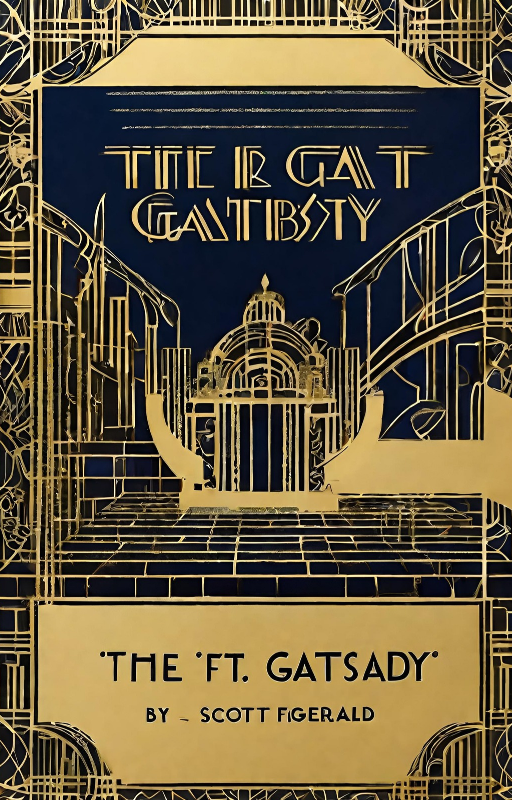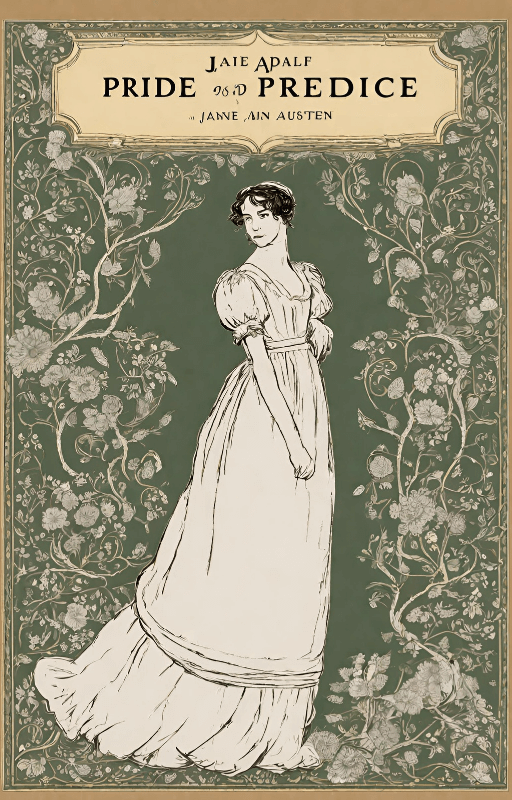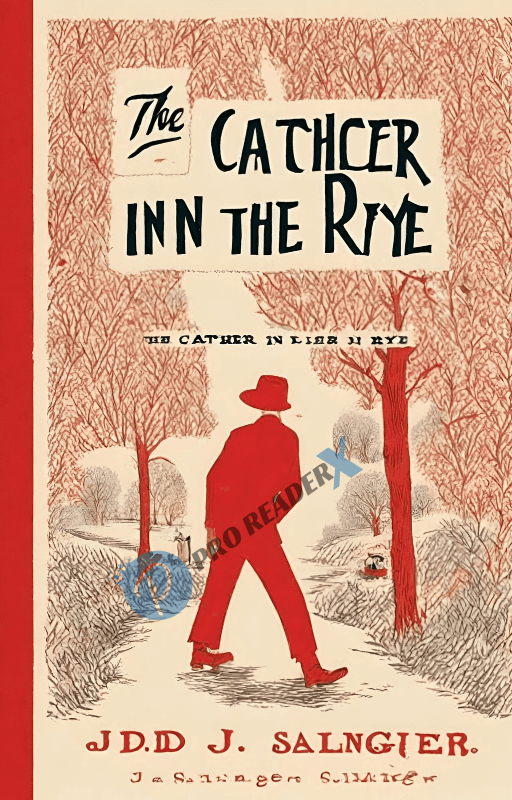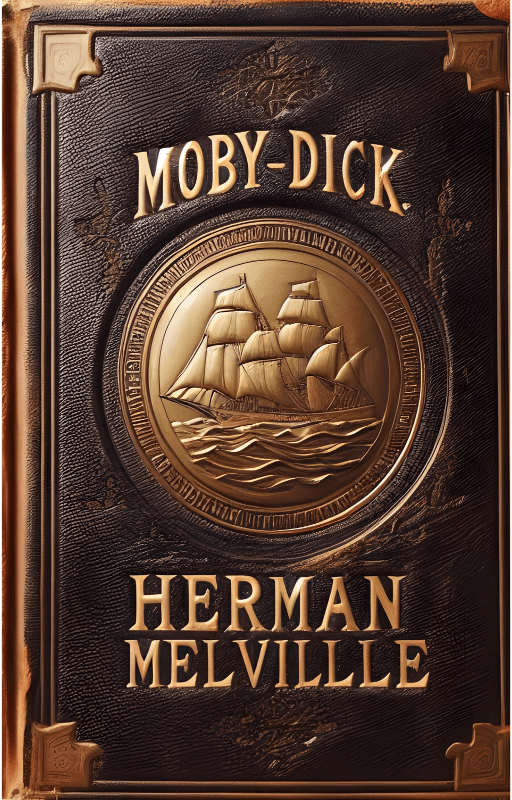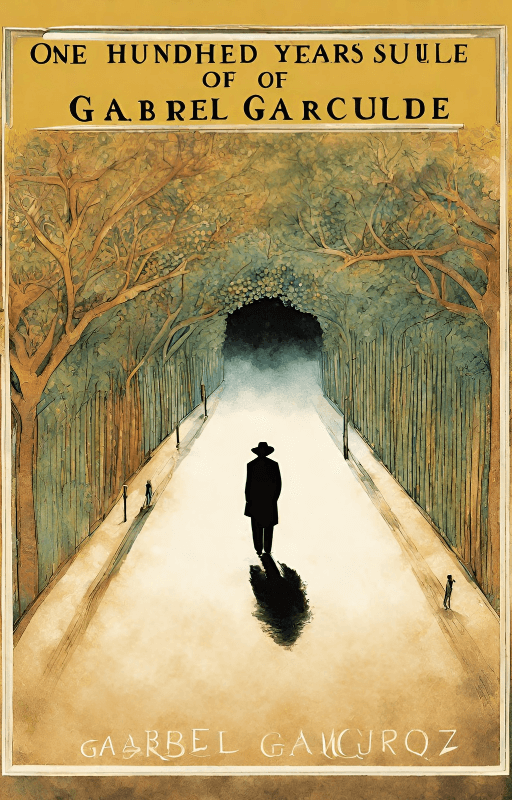Introduction to The Great Gatsby
Welcome to the roaring twenties! Today, we’re diving into one of the most iconic works of American literature, F. Scott Fitzgerald’s *The Great Gatsby*. Join me as we journey through the glittering parties, hidden desires, and tragic consequences of this timeless tale.
Background of The Great Gatsby by F. Scott Fitzgerald
Before we dive into the heart of the story, let’s set the stage. *The Great Gatsby* was published in 1925, capturing the essence of the Jazz Age—a time of unprecedented economic prosperity, cultural dynamism, and social change in America.
Plot Summary – The Great Gatsby by F. Scott Fitzgerald
Setting the Stage: 1920s America
Picture this: a world of extravagant wealth, where the champagne flows freely, and the parties never seem to end. But beneath the surface glamour lies a society riddled with moral decay and disillusionment.
Jay Gatsby’s Mysterious World
Enter Jay Gatsby, the enigmatic millionaire who throws lavish soirées at his opulent mansion in West Egg. But who is Gatsby, really? His past is shrouded in mystery, and his relentless pursuit of wealth and status is driven by a singular obsession: the elusive Daisy Buchanan.
The Enigmatic Daisy Buchanan
Daisy Buchanan, with her voice full of money, is the object of Gatsby’s affection. Married to the wealthy but brutish Tom Buchanan, Daisy is torn between love and societal expectations. Her tragic allure casts a shadow over Gatsby’s carefully constructed world.
The Tragic Downfall
As the story unfolds, we witness a web of deceit, betrayal, and ultimately, tragedy. Gatsby’s grand dreams come crashing down around him, exposing the emptiness of the American Dream and the hollowness of material success.
Themes Explored : The Great Gatsby Book Review
The American Dream
At its core, “The Great Gatsby” is a meditation on the elusive nature of the American Dream. Gatsby’s relentless pursuit of wealth and status mirrors the aspirations of many in 1920s America, but ultimately leads to his downfall.
Wealth and Class
Fitzgerald’s novel also explores the divide between the old money aristocracy of East Egg and the nouveau riche of West Egg. Despite his wealth, Gatsby is never fully accepted by the elite society he so desperately seeks to join.
Love and Obsession
Central to the story is the theme of love and obsession. Gatsby’s love for Daisy borders on obsession, leading him to construct an elaborate façade in the hopes of winning her back. But love in *The Great Gatsby* is ultimately a fleeting and destructive force.
Character Analysis : F. Scott Fitzgerald
Jay Gatsby
Gatsby is the epitome of the self-made man, rising from humble origins to unimaginable wealth. But beneath his suave exterior lies a man haunted by his past and consumed by his unattainable dreams.
Daisy Buchanan
Daisy embodies the decadence and shallowness of the Jazz Age. Her beauty and charm mask a profound emptiness, and her inability to choose between Gatsby and Tom ultimately leads to tragedy.
Tom Buchanan
Tom represents the old guard of American society, with his inherited wealth and sense of entitlement. He is a brutish and domineering figure, whose toxic masculinity wreaks havoc on those around him.
Significance of the Title
The title of the novel holds deep symbolic significance. Gatsby’s greatness is not measured in material wealth or social status, but in his unwavering belief in the possibility of reinvention and renewal.
Impact and Legacy
‘The Great Gatsby’ may have been published nearly a century ago, but its themes remain as relevant as ever. Fitzgerald’s indictment of the excesses of the Jazz Age continues to resonate with readers today, making it a timeless classic of American literature.
Conclusion
In conclusion, “The Great Gatsby” is more than just a tale of love and loss—it’s a haunting portrait of an era defined by glittering illusion and bitter disillusionment. So, pour yourself a glass of champagne, settle into your favorite armchair, and lose yourself in the tragic beauty of Fitzgerald’s masterpiece.
FAQs (Frequently Asked Questions)
1. Is “The Great Gatsby” based on a true story?
No, *The Great Gatsby* is a work of fiction, but it is inspired by F. Scott Fitzgerald’s own experiences and observations of 1920s America.
2. Why is “The Great Gatsby” considered a classic?
“The Great Gatsby” is considered a classic because of its enduring themes, masterful storytelling, and profound commentary on the American Dream.
3. What is the green light in “The Great Gatsby”?
The green light at the end of Daisy’s dock symbolizes Gatsby’s hopes and dreams, as well as the unattainable nature of the American Dream.
4. Did “The Great Gatsby” receive critical acclaim when it was first published?
Surprisingly, no. While “The Great Gatsby” is now regarded as a masterpiece, it received mixed reviews upon its initial publication, and sales were relatively low.
5. What is the significance of the Valley of Ashes in “The Great Gatsby”?
The Valley of Ashes represents the moral and social decay lurking beneath the surface of 1920s America, serving as a stark contrast to the glittering wealth of West Egg and East Egg.
